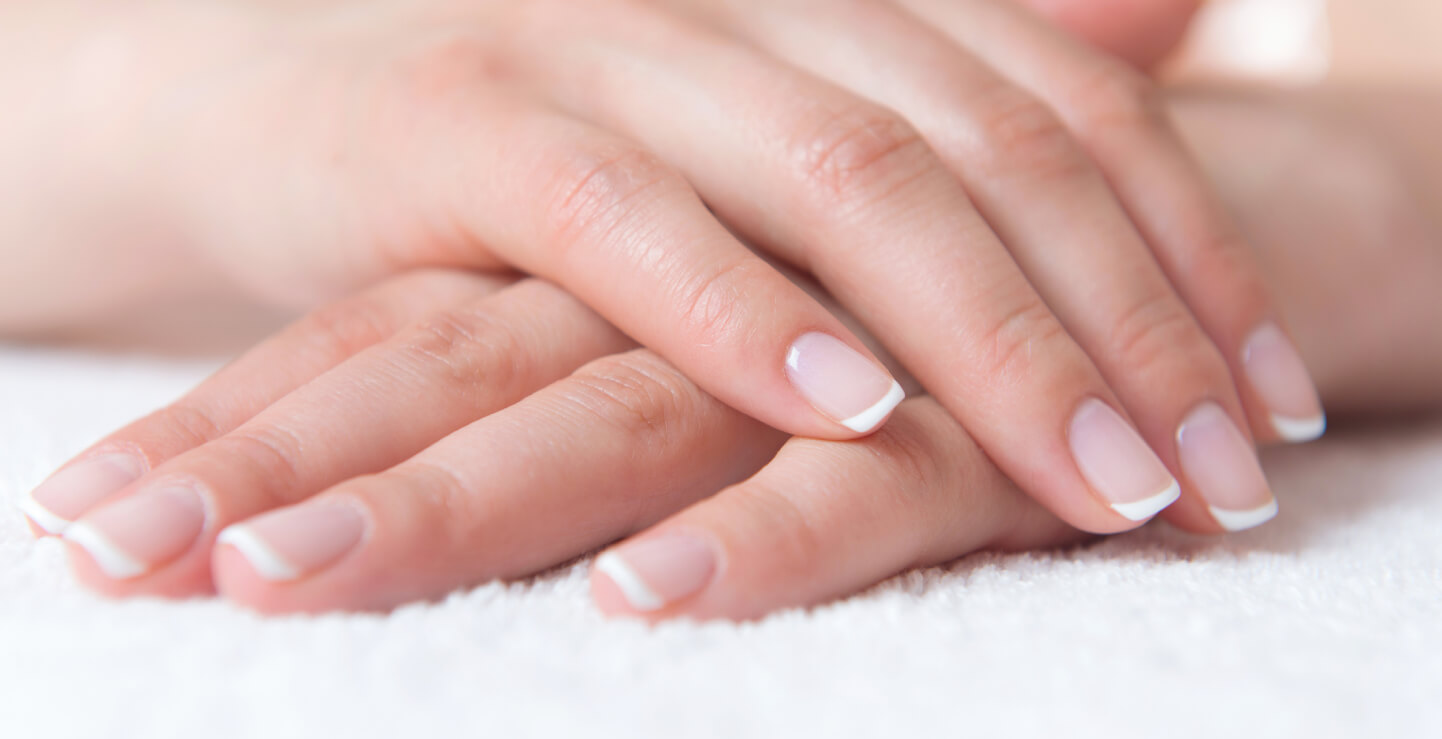It’s true. Your fingernails are a window to your health. Some nail changes are natural. But others can signal health concerns, especially changes in nail colour and growth patterns.
Your nails are part of your skin. They are made up of layers of the protein keratin and grow from beneath the base of the nail under your cuticle. As new cells grow, older cells become hard and compacted and are eventually pushed out toward your fingertips.
Healthy nails are smooth, without ridges, grooves, spots, or discoloration. Nails can develop harmless conditions, such as vertical ridges that run from the cuticle to the tip of the nail. Vertical ridges often become more prominent with age. Nails can also develop white lines or spots as a result of injury, but these grow out with the nail and do not cause problems.
In some cases, a change in your nails may be caused by stress in your body. For example, if you have a high fever, a serious injury or infection, or another severe illness, your nails may stop growing for a while. That is because, due to the extra demands placed on it, your body shifts energy away from the low priority of growing nails. When your nails start growing again, you may notice horizontal lines across your nails. These are called Beau’s lines, and they show where the nail growth stopped temporarily. Beau’s lines grow out eventually and are not a cause for concern.
There are a number of nail changes, though, that can signal an underlying medical problem. A change in your nail colour requires attention, especially if your nails start to turn yellow or red or if stripes or dots of colour appear on your nails. Colour changes could be the result of a nail fungus, or, in some cases, they may be a sign of skin cancer. Conditions like liver failure and kidney problems can also change your nail colour, turning nails white or yellow at the tips or near the cuticles. Yellow nails can be the result of a respiratory condition, such as chronic bronchitis, as well.
Clubbing of your nails — when your nails curve much more than usual — is often a sign of low oxygen levels in the blood and may be related to lung disease. Clubbing can also be the result of heart disease, liver problems or inflammatory bowel disease. Another nail condition, called spoon nails or koilonychia, involves nails growing in a pattern that looks like a ski jump. Spoon nails can be a sign of iron deficiency anaemia.
Other nail changes that could be a cause for concern include dimpling, indentations, splitting or pitting of your nails. Any of these changes could point to one of dozens of skin disorders that can affect the nails. For example, psoriasis, a common skin disease that causes skin cells to rapidly build up; lichen planus, an inflammatory condition that can affect your skin; and dermatitis, another inflammatory skin disorder, can all show up in your nails.
This is just a sampling of the most common conditions that may have an impact on your nails. Overall, there are hundreds of medical conditions, disorders and diseases that may cause nail changes. So, if your nails change or start to look abnormal, talk to your doctor or see a dermatologist to investigate the underlying cause and find out if any treatment is needed.
Copyright@2019, distributed by Tribune Content Agency. All rights reserved.




